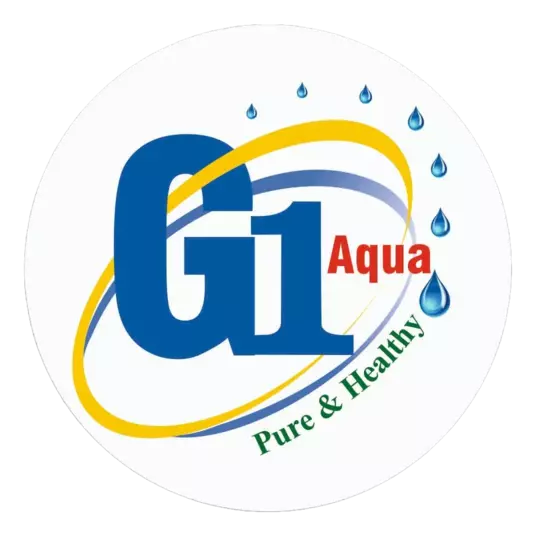When it comes to water treatment, two terms often come up: water softeners and Reverse Osmosis (RO) systems. Many people use these terms interchangeably, but they are fundamentally different technologies that solve different problems. Understanding this difference is key to choosing the right solution for your home or business.
This guide will break down the hard truth about hard water and clarify exactly when you need a water softener, when you need an RO system, and when you might even need both.
What is Hard Water?
Hard water is water that has a high mineral content, primarily calcium (Ca2+) and magnesium (Mg2+). While not harmful to your health, it can cause a variety of household and industrial issues, including:
- Limescale Buildup: A chalky, white deposit that clogs pipes, faucets, and damages appliances like water heaters and dishwashers.
- Soap Scum: Hard water reacts with soap to form a sticky residue, making it harder to clean sinks, showers, and your skin.
- Inefficient Cleaning: You need to use more soap and detergent to get things clean, from your laundry to your hair.
Comparing the Technologies
Water Softeners: The Hardness Specialist
A water softener is a targeted solution. Its only job is to remove the minerals that cause water hardness.
- Function: It uses a process called ion exchange. Resin beads inside the tank attract and hold the calcium and magnesium ions, releasing sodium ions into the water in their place.
- Result: 'Soft' water that prevents limescale and lathers easily with soap.
Reverse Osmosis Systems: The Purity Expert
An RO system is a comprehensive water purification method that removes a vast array of contaminants.
- Function: It uses high pressure to force water through a semi-permeable membrane with microscopic pores. This membrane blocks almost everything that isn't water.
- Result: Highly purified water, free from up to 99% of all dissolved solids (TDS), including salts, heavy metals, bacteria, viruses, and yes, hardness minerals too.
At a Glance: Softener vs. RO
| Feature | Water Softener | Reverse Osmosis (RO) System |
|---|---|---|
| Primary Goal | Removes hardness minerals | Removes all dissolved contaminants for purity |
| Contaminants Removed | Calcium, Magnesium | Salts, Lead, Arsenic, Fluoride, Chlorine, Pesticides, Bacteria, Viruses, and more |
| Best For | Protecting plumbing and appliances from limescale | Producing high-purity drinking water and water for sensitive applications |
| Treatment Point | Whole-house (Point-of-Entry) | Typically single faucet (Point-of-Use) |
Conclusion: Which One Do You Need?
- Choose a Water Softener if your main problem is limescale, soap scum, and appliance protection.
- Choose a Reverse Osmosis System if your main concern is the purity of your drinking water and removing a wide spectrum of contaminants.
- Consider Both if you have very hard water and also want the highest purity drinking water. The softener protects the RO system, creating the ultimate water treatment solution.
